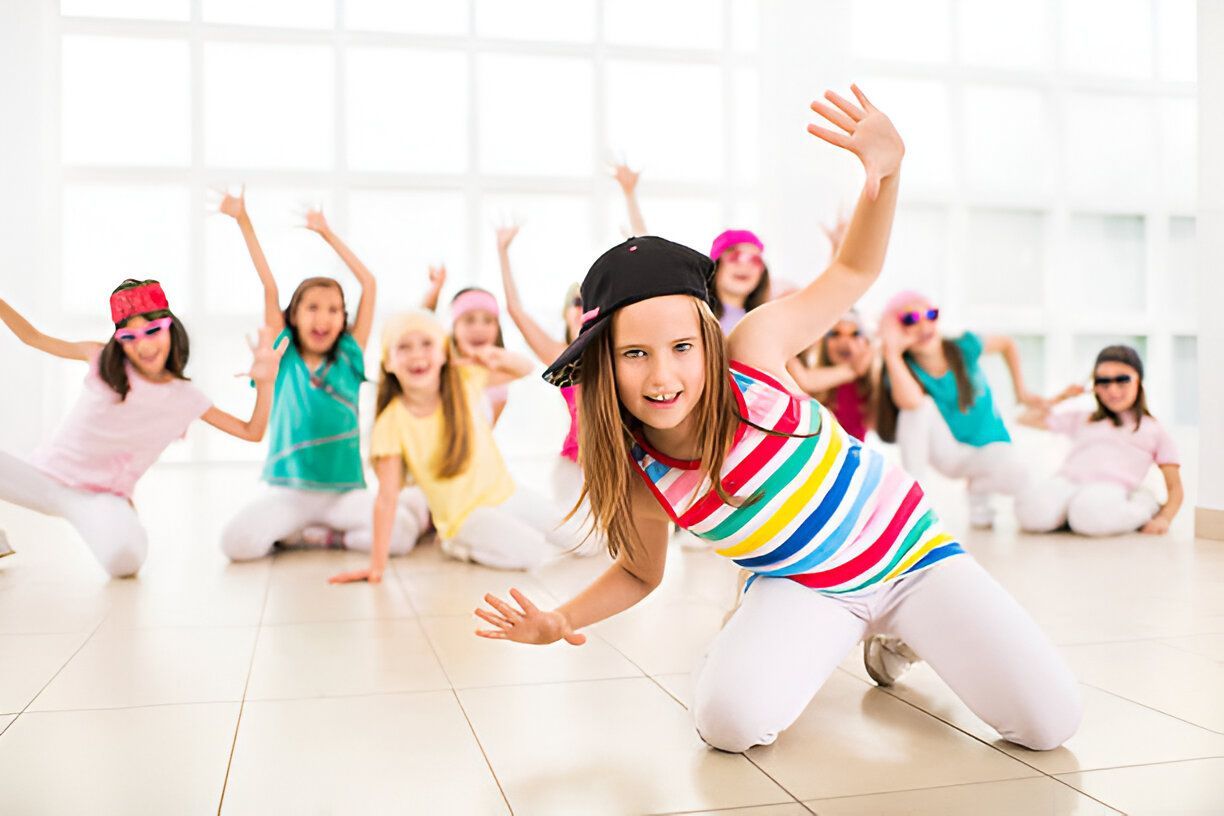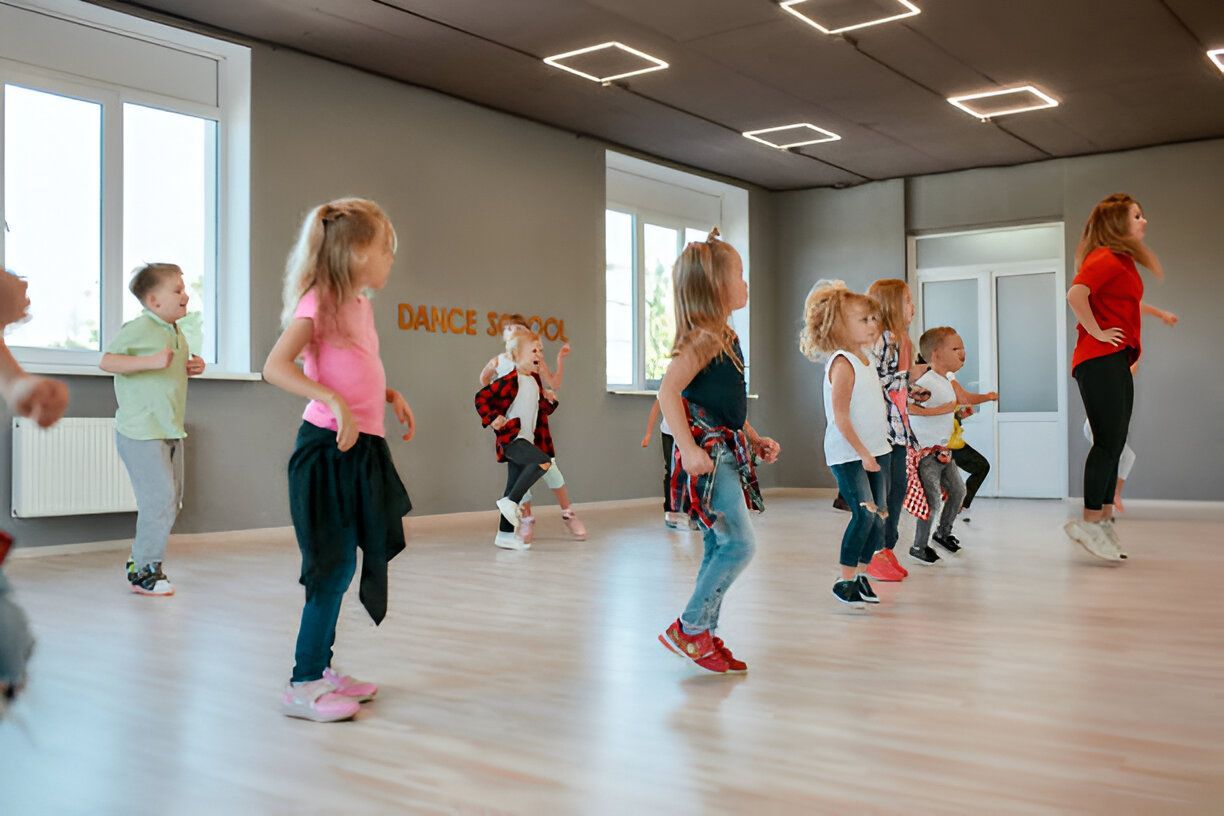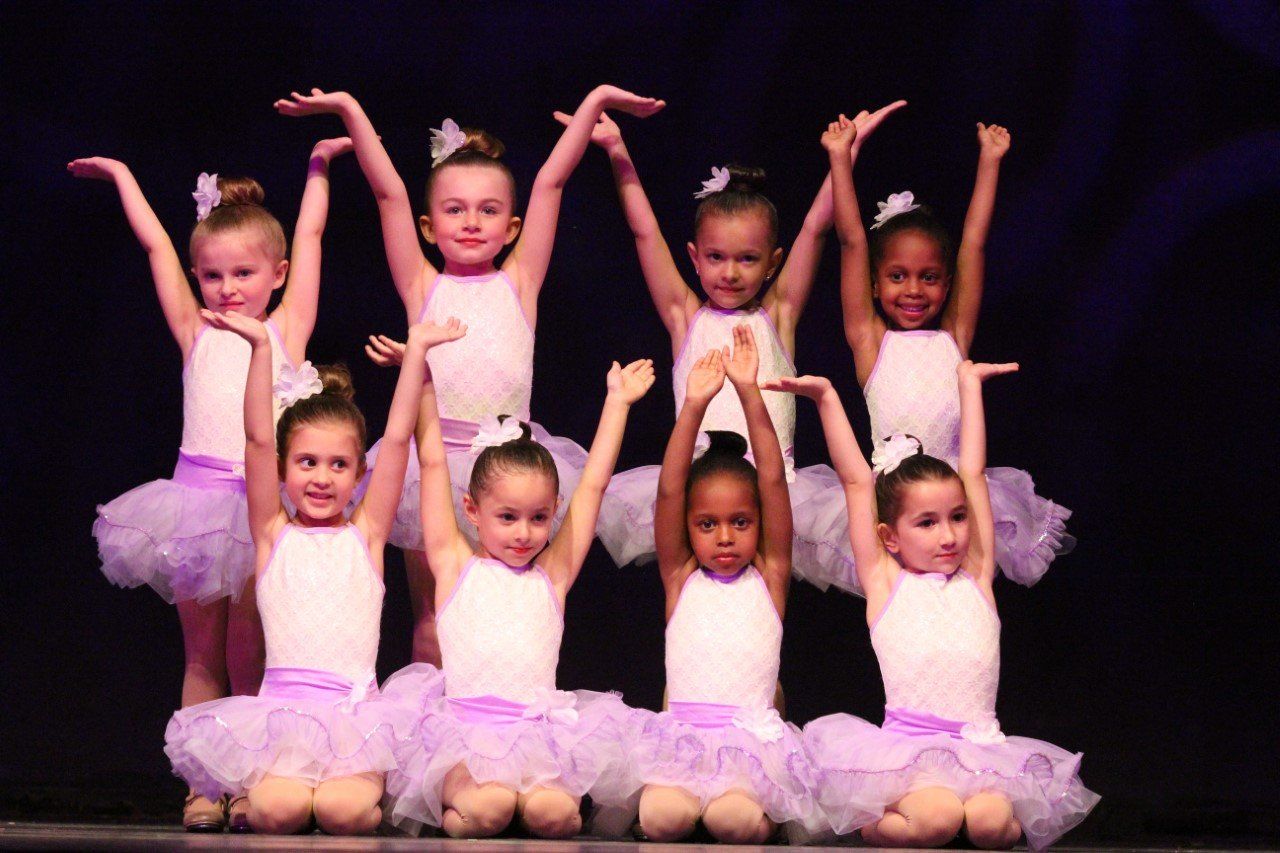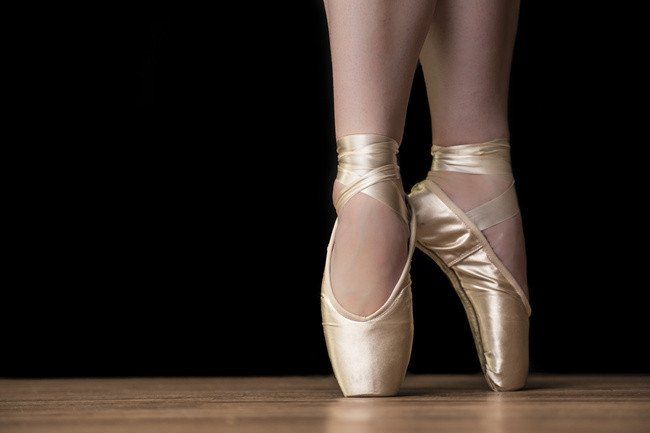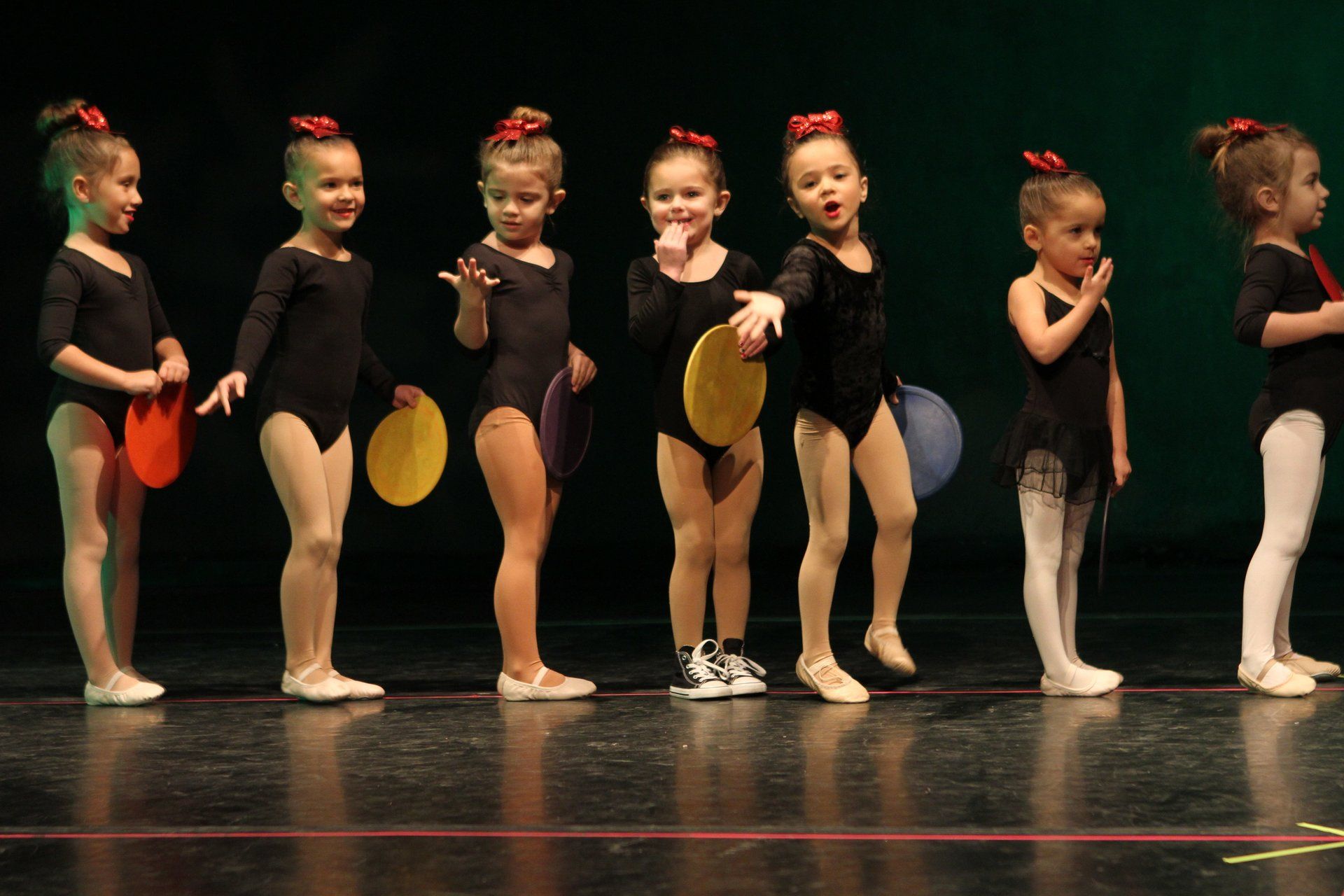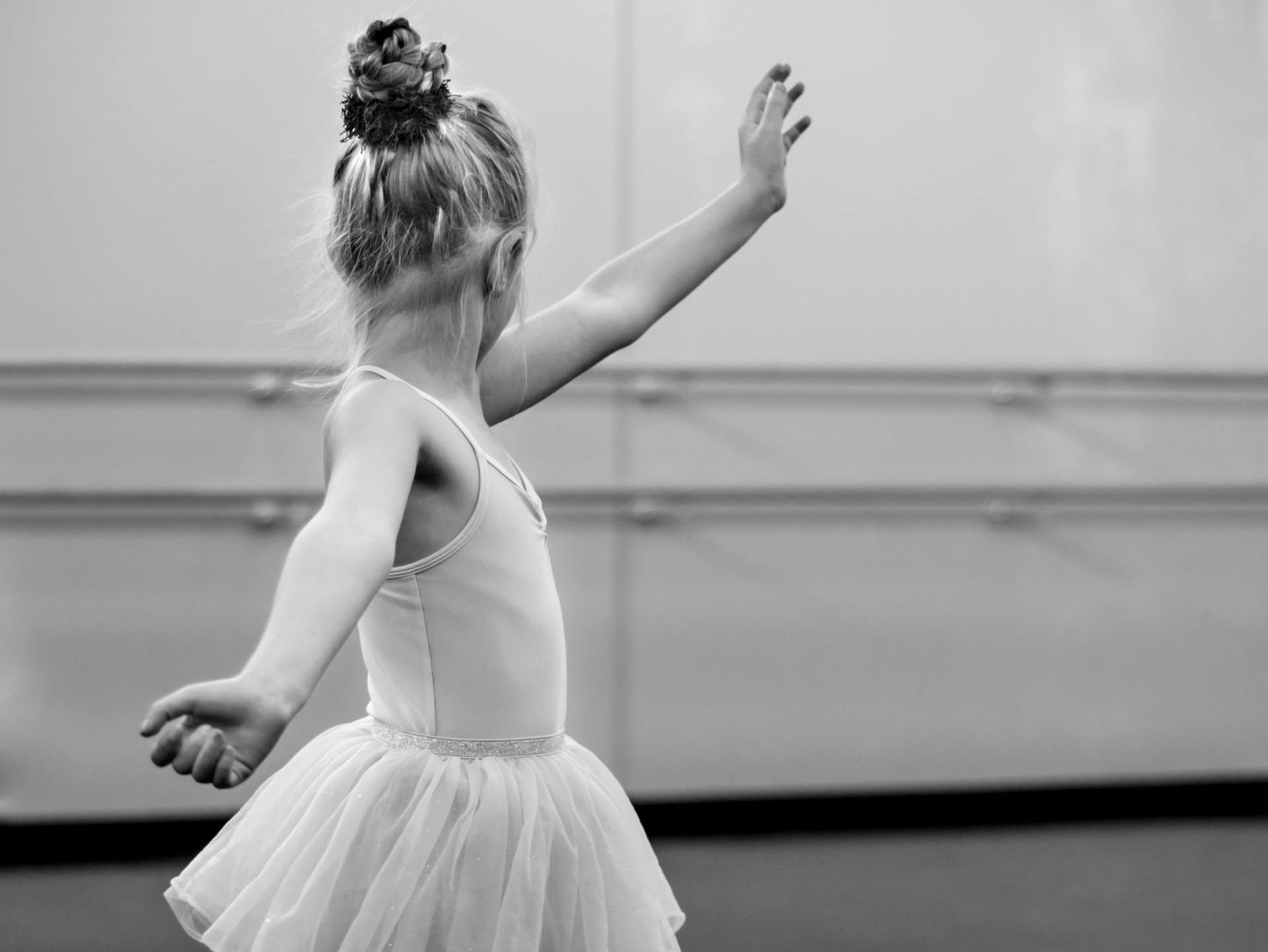The Best Age For Your Child To Start Dance Classes

Choosing the right time to introduce your child to dance can significantly impact their development. The best age for dance classes often sparks curiosity among parents eager to tap into their child's potential early.
Dance offers numerous benefits for children:
- Physical Development: Enhances coordination, balance, flexibility, and stamina.
- Social Skills: Promotes teamwork, communication, and building friendships.
- Cognitive Growth: Supports memory recall and academic performance in subjects like math and reading.
- Emotional Well-being: Fosters self-confidence, creativity, and self-expression.
Starting dance at an early age sets the stage for a discussion on age appropriateness. Understanding when your child is ready can maximize these benefits.
For more information on local dance classes and tuition fees in Northern NJ, Sussex County, visit https://www.danceexpression.com/ If you have questions or need further details, feel free to contact us at Dance Expression. For additional resources specifically aimed at parents, check out Information for Parents of Dance Expression dancers.
Understanding Child Development Milestones
Key milestones in early childhood development provide a clear indicator of a child's readiness for dance classes. By the age of two, most children begin walking and running, showcasing basic motor skills, essential for dance. As they approach three to four years, children develop the ability to follow simple directions, an important aspect of participating in structured activities like dance.
How These Milestones Relate to Dance Readiness
- Walking and Running: These foundational motor skills enable children to engage in basic dance movements, fostering physical coordination.
- Following Directions: The ability to comprehend and execute instructions is crucial for participating effectively in a classroom setting.
Importance of Social Interaction and Emotional Awareness
Early childhood is also marked by significant social and emotional development. Participating in dance classes offers young children an opportunity to interact with peers, enhancing their social maturity. Through group activities, children learn to cooperate, share space, and develop friendships.
Emotional awareness is another critical aspect. Dance allows children to express their feelings through movement, aiding their emotional growth. This environment encourages self-expression and helps children understand and manage their emotions better.
For more detailed information on curriculum specifics that align with these developmental stages, you may explore the Curriculum at Dance Expression.
Through understanding these developmental milestones, you can better assess when your child might be ready to start their dance journey. It's worth noting that dance is not just for girls, boys can also participate in these enriching experiences.
The Right Age to Start Dance Classes
Overview of Available Dance Classes for Toddlers and Preschoolers
Dance classes for young children are designed to introduce them to the joy of movement and rhythm. Common offerings include:
- Creative Movement: Focuses on basic motor skills through imaginative play.
- Pre-Ballet: Introduces foundational ballet techniques in a playful manner.
- Tap and Jazz: Encourages rhythm and coordination through fun, energetic routines.
- Combination Classes: Mixes various styles, giving children a well-rounded introduction to dance.
Studios often offer dance classes for 3-year-olds, providing a welcoming environment for toddlers to explore their creativity.
Benefits of Starting at a Young Age
Enrolling children in dance classes at an early age offers numerous benefits:
- Self-Confidence: Performing in front of others helps build confidence.
- Creativity: Dance allows children to express themselves creatively
- Social Skills: Interaction with peers fosters teamwork and communication.
For instance, dance classes for 5-year-olds focus on developing these aspects through structured yet enjoyable activities.
Developmental Benefits of Dance at Preschool Age
During preschool years, children undergo significant developmental changes. Dance aids this process by:
- Enhancing Coordination and Balance: Movements in dance improve motor skills.
- Building Flexibility and Stamina: Regular physical activity strengthens muscles and endurance.
- Promoting Emotional Awareness: Dance encourages children to express their emotions through movement.
Parents searching for dance for 4-year-olds near me can find numerous studios that cater to this age group. One such studio is Dance Expression, which offers specialized programs tailored to young dancers' needs. They provide a variety of classes including fall ones, as detailed on their fall classes page.
Incorporating dance into a child's routine at this crucial stage supports both their physical and emotional development, laying a strong foundation for future growth. For those interested in exploring professional dance classes in Sussex County or looking for kids' dance classes in Hamburg, Dance Expression offers a range of options suitable for all ages.
Exploring Options for Older Children
As children grow older, transitioning from toddler/preschool dance classes to more serious training becomes a crucial step. This progression allows them to build on foundational skills and delve into more complex techniques and routines.
Key Considerations for Older Children:
- Interest in Serious Training: If your child shows a strong interest in dance, you can explore specialized programs at a children's dance studio. Many studios, like Dance Expression, offer advanced classes tailored to various dance styles such as ballet, jazz, or hip-hop.
- Physical Readiness: Assess your child's physical readiness for more demanding classes. They should have developed the necessary strength, flexibility, and endurance.
- Emotional Maturity: Older children need emotional maturity to handle the discipline and commitment required in serious dance training.
- Class Frequency: Consider the frequency of classes. More serious programs often require multiple sessions per week.
- Professional Guidance: Seek out experienced instructors who can provide professional guidance and mentorship.
Dance Expression in Sussex County offers a range of options suitable for different age groups and skill levels. For instance, they provide free trial classes that could be an excellent way to gauge your child's interest and readiness. You can also explore their Baby Bop Program which is designed for younger children transitioning into more serious training. If you're interested in visiting their studio, you can find directions here.
Benefits of Dance Classes for Children
Dance classes offer numerous benefits, enhancing both physical attributes and overall health. Engaging in dance from a young age helps develop coordination, balance, and flexibility. These physical skills are essential for overall fitness and contribute to a child's ability to perform daily activities more efficiently.
Physical Health Enhancement
- Improved Coordination: Dance routines often require synchronized movements, helping children improve their hand-eye coordination.
- Enhanced Balance: Practicing different dance steps helps children maintain better control over their bodies.
- Increased Flexibility: Regular stretching and movements in dance classes enhance flexibility, reducing the risk of injuries.
Motor Skill Development
Motor skills are crucial for a child's growth. Dance classes provide an excellent platform for improving both fine and gross motor skills through movement patterns that involve jumping, turning, and balancing. This development is vital for tasks such as writing, sports, and other physical activities.
For parents looking to explore various programs, Dance Expression offers diverse curricula tailored to enhance these attributes in children.
Integrating these elements into your child's routine can foster a lifelong appreciation for physical activity while promoting a healthy lifestyle.
Emotional and Social Growth Through Dance Classes
Dance classes significantly contribute to a child's emotional and social development. Engaging in dance helps build self-confidence and enhances emotional awareness. As children learn new moves and routines, they gain a sense of accomplishment that boosts their self-esteem. Expressing emotions through dance aids in developing better emotional intelligence.
Teamwork plays a crucial role in dance classes, especially during group performances or partner work. Children learn the importance of working together, which fosters communication skills and mutual respect. Friendships often blossom in these settings, providing a supportive environment where children can thrive socially.
For those looking to explore more about dance classes for young children, Dance Expression offers a variety of programs designed to nurture these essential skills. Additionally, First Steps provides tailored classes for infants, ensuring a welcoming environment for your child's early dance journey.
Cognitive Development Boosted by Dance Participation
Dance participation significantly enhances cognitive abilities in children. Engaging in dance helps improve memory recall due to the need to remember sequences, steps, and routines. This mental exercise strengthens neural pathways and aids in better retention of information.
Academic Performance Benefits
Participating in dance classes has been linked to improved academic performance. The discipline and focus required in dance translate well into areas such as math and reading comprehension. For instance:
- Math Skills: Learning dance patterns involves counting beats, understanding rhythms, and recognizing geometric shapes through body movements.
- Reading Comprehension: Following complex choreography can enhance a child's ability to process and understand sequences, which is crucial for reading comprehension.
- For those seeking more serious dance training, it's essential to ensure a balance between physical activity and cognitive development. To explore how to prevent injuries while maintaining an active dance schedule, visit
How To Prevent Childhood Dance Injuries.
Moreover, dance classes provide a holistic approach to development, nurturing not just the body but also the mind. This comprehensive growth is why many parents choose to enroll their children in dance from an early age. Additionally, these classes can also be a part of special occasions such as birthday parties, providing a fun and engaging way to celebrate while still promoting physical activity and cognitive development.
Finding the Right Dance Class For Your Child
Determining if your child is ready for dance class involves observing a few key indicators. Look for signs such as:
- Interest Level: Does your child show enthusiasm when they hear music? Do they enjoy moving and dancing around at home?
- Ability to Follow Directions: Can your child follow simple instructions and stay focused for short periods?
- Assessing Emotional and Physical Readiness
- Evaluating your child's readiness for dance classes can be straightforward with these tips:
- Emotional Readiness: Ensure your child can handle being in a structured environment with peers. They should exhibit some level of emotional maturity and be comfortable separating from you during the class.
- Physical Readiness: Check if your child has reached developmental milestones like walking steadily, balancing, and having the stamina to participate in a 30 to 45-minute session.
Finding Quality Local Studios
When looking for quality local studios offering children's dance programs:
- Research Reputable Studios: Seek out studios with positive reviews and professional credentials. For families in Sussex County, Dance Expression offers highly recommended professional dance classes.
- Visit and Observe: Visit potential studios to observe classes and meet instructors. This helps ensure the environment is nurturing and suitable for young children.
- Ask Questions: Inquire about the curriculum, class size, instructor experience, and how they handle younger students. This will help you gauge if the program aligns with your child's needs.
For families near Northern NJ, Dance Expression provides detailed information on whether dance is right for your child.
By carefully assessing your child's readiness and choosing a reputable studio like Dance Expression, you can set them up for a successful and enjoyable dance experience.
Conclusion: Encourage Your Child's Passion For Dance!
Fostering your child's interest in dance can be a rewarding experience. Whether they are just starting out or looking to advance their skills, learning to dance at any age offers numerous benefits. Supporting your child's passion for movement and expression helps build self-confidence, creativity, and social skills.
To find the right environment that nurtures your child's love for dance, consider exploring the various dance classes available
that cater to different age groups and interests. For instance, programs like the Sussex County Dance Classes offer professional instruction across various dance styles. Engaging with these resources can significantly aid in supporting your child's passion for dance.
